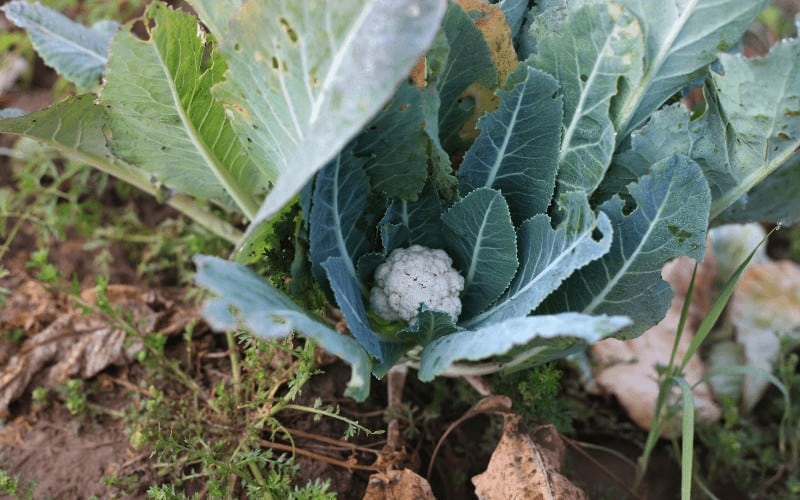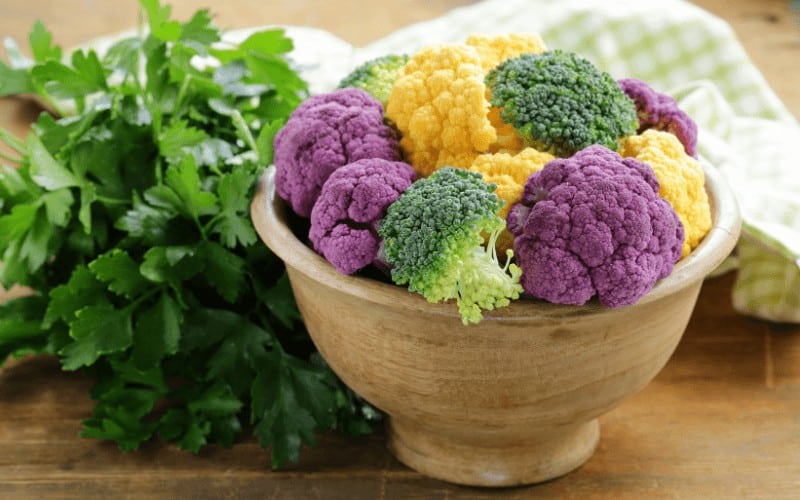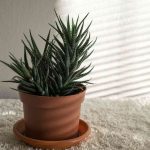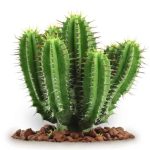Is cauliflower man made or does it grow naturally as it appears? Well, there are several man-made hybrids that we consume today without knowing, such as some fruits, nuts, and vegetables, and cauliflower is one of them.
It may interest you to know that bananas and oranges are man-made hybrids. But, those are not our focus for today. Here, we are majorly concerned about cauliflower being a hybrid (man-made) vegetable or not.
Cauliflower has, over the years, been the favorite vegetable of many people. It is entirely edible, that is to say, all of its parts are safe to eat.
Firstly, we'd look into a brief history of cauliflower, which would give us clear information on whether it's a hybrid or not.
Table of Contents
What is Cauliflower?

Cauliflower is a vegetable species of Brassica oleracea, in the genus Brassica, which belongs to the Brassicaceae family, also called Mustard. It is mostly grown as an annual plant even though it is actually a biennial plant.
The head of cauliflower is typically the only edible part of this plant, but many people eat every part of this plant, including the stems and leaves. Cauliflower's heads have a white inflorescence meristem like that of broccoli.
It may also interesting you to know that most people plant this vegetable because of its large flowering head, which is used to prepare dishes and pickles. More so, cauliflower is really delicious, rich in vitamins, and low in calories.
There are 100+ varieties of cauliflower and they are closely related to broccoli. One way people differentiate between cauliflower and broccoli is through the flowering head.
Cauliflower typically has white flower heads; however, some species produce green, orange, or purple flower heads.
This plant, Cauliflower, does well during spring as it grows well in cooler environments. Regardless, some of its species can do perform well in mid-summer for a fall harvest.
With pretty much already said about cauliflower, let's dive into our actual topic for the day - is cauliflower a lab experiment result?
Well, the many hybrid vegetables, fruits, and nuts we have today were all achieved through a process called "selective breeding."
What is Selective Breeding?
Selective breeding, or artificial selection, is a lengthy process followed by humans to produce hybrids by crossing two parents that have similar or desirable characteristics.
The end result is always an offspring that possess the desired traits of the crossed parents. This method is also used in animal breeding.
Is Cauliflower Man Made?

According to Mark Twain, a famous American Writer:
Cauliflower is "cabbage with a college education.
What does this really imply? It implies that cauliflower is actually a hybrid, which simply means that cauliflower is man-made.
The point, "cabbage with a college education," can be said to imply that Twain was trying to point out that cauliflower was created in a lab. Nevertheless, in the real sense, cauliflower isn't a genetic plant gotten from a lab; it is a product of decades of selective breeding.
But then, there are lots of interesting facts you'd love to know about cauliflower. Firstly, this hybrid plant has been around for ages - about 3000 years now.
The plant is a product of the following cultivars: cabbage, savoy cabbage, broccoli, broccolini, Brussels sprouts, Romanesco broccoli, cauliflower, collard greens, kale, and more.
The cultivars used to achieve the cauliflower we know today have similar characteristics. One may ask, what actually do these plants have in common?
That's an interesting question that'd uncover an interesting fact about a plant, Wild Cabbage (Brassica oleracea).
Now, cabbage, cauliflower, brussels sprouts, broccoli, kale, and kohlrabi are all species, or rather varieties of Brassica oleracea, which belongs to the plant genus, Brassica, in the Brassicaceae family.
While the aforementioned plants are usually addressed as individual plants, they are actually from the same parent.
Below is a clear illustration of how these plants were developed from Wild Cabbage (Brassica oleracea).
| Plant | Source |
| Broccoli | Made out of portions of the stem and flowers |
| Brussels sprouts | Made out of the lateral buds |
| Cauliflower | Made out of the flower clusters |
| Cabbage | Developed from the terminal buds |
| Kale | Obtained from the leaves |
| Kohlrabi | Made out of the stem |
More so, of all these six species, Broccoli is the closest to cauliflower, insomuch that a lot of people find it difficult to differentiate between the two.
How Was Cauliflower Made?
The process is called selective breeding and here's what you need to know about early farmers and how they pioneered some unique species of most plants we know and use today.
Olden days farmers have their favorite plants, and this they choose due to several reasons; it could be the plant's flavor, edibility, yield, and many other reasons.
Hence, they "select" two or more of their favorite plants and breed them together to form a unique species of the same plant or an entirely new plant.
Apparently, the reason behind selective breeding is to achieve a new plant that possesses specific traits, which it must have gotten from its parents. In the aspect of cauliflower, we can say that it is a result of many decades of selective breeding.
It is difficult to pinpoint the exact year when cauliflower first appeared; however, various sources hint that the plant first appeared between the 500s and 1500s AD.
Okay, with all that has been said about cauliflower, its origin, and how it took the form it appears today, apparently, you can confidently discuss this plant with someone and have valid points to win the argument or champion the discussion.
Read Also: How To Grow Cauliflower From Scraps
Conclusion
So, is cauliflower man made? Yes, the cauliflower many of us enjoy today is man-made. However, it wasn't gotten from a lab experiment but by the tireless efforts of olden days farmers who selectively bred the plant until it took its current form, for which we know it today.
Furthermore, cauliflower is edible, delicious, and can be used to prepare different diets. Asides from cauliflower, there are other man-made vegetables and fruits that we consume today; they include bananas, corn, watermelons, strawberries, carrots, and a lot more.
These aforementioned plants and fruits would have not appeared and tasted as they do if not for the alteration of early farmers.




